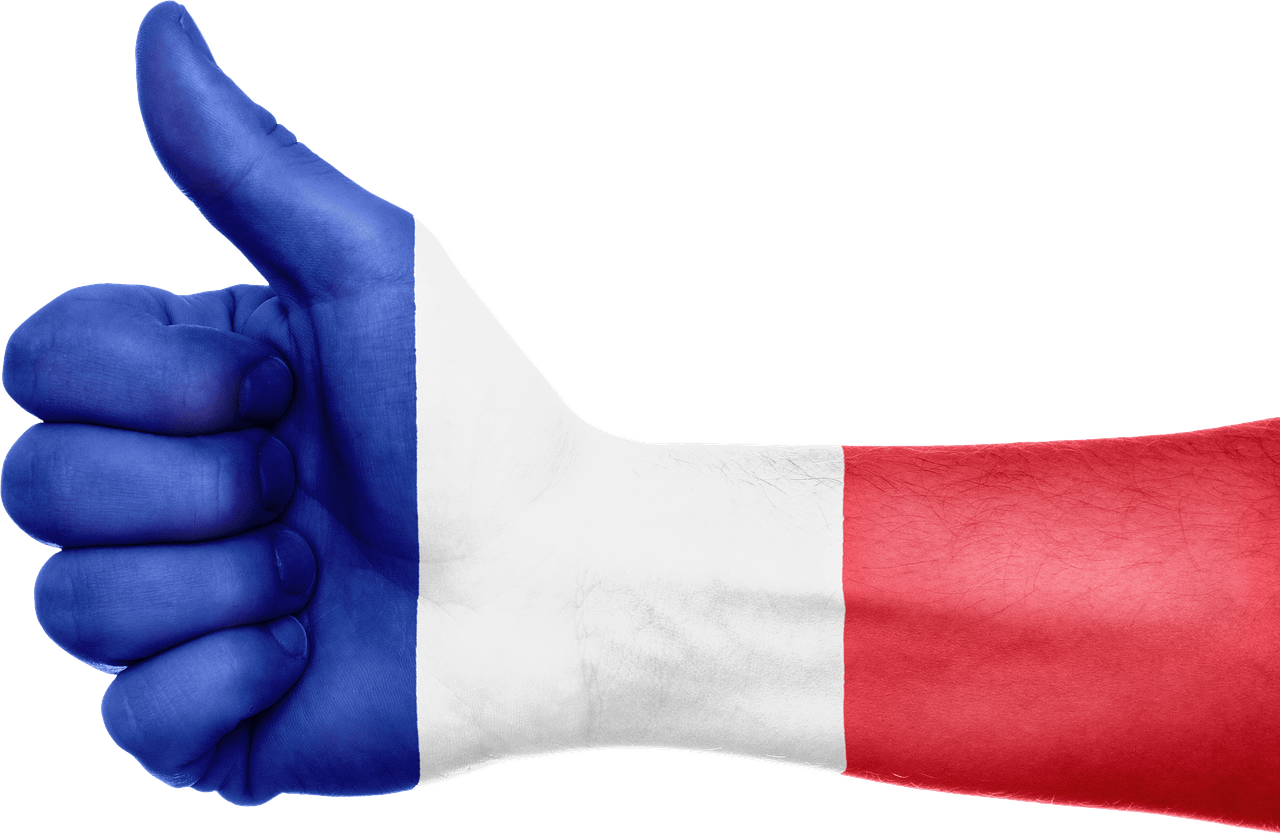French Sign Language (Langue des Signes Française, LSF) stands as a testament to linguistic diversity and cultural expression within the rich tapestry of France. With a legacy that spans centuries, LSF has evolved into a vibrant mode of communication, embodying a unique amalgamation of history, culture, and identity.
Historical Evolution
The roots of LSF trace back to the 18th century, emerging within Deaf communities across France. Abbé Charles-Michel de l’Épée, a compassionate educator, is often revered as the pioneer who formalized sign language as a means of instruction for the deaf. His dedication to understanding and codifying sign language laid the groundwork for what we know today as LSF.
Current Status and Usage
LSF, recognized as an official language in France since 2005, serves as a crucial mode of communication for the deaf community. It thrives as a robust, visual language with its own syntax and grammar, distinct from spoken French. With an estimated 100,000 to 200,000 users across the country, LSF stands as a vibrant linguistic entity fostering a sense of community and inclusivity.
In recent years, there has been a surge in awareness and appreciation for LSF. Educational institutions, cultural events, and media platforms have increasingly incorporated LSF to bridge communication gaps and promote inclusivity. Moreover, the legal recognition of LSF in France has paved the way for greater accessibility in various spheres, such as education, employment, and public services.
Government Initiatives
The French government has taken commendable strides in acknowledging and supporting LSF. The 2005 law recognizing LSF as an official language marked a significant milestone, affirming the linguistic and cultural rights of the deaf community. Additionally, measures have been introduced to promote the integration of LSF in educational curricula and facilitate access to public services through interpretation services.
However, despite these positive steps, challenges persist. There’s a need for continued advocacy to ensure widespread accessibility to LSF across domains, including healthcare, legal proceedings, and governmental services.
Cultural Significance and Identity
LSF isn’t solely a mode of communication but an integral aspect of cultural identity for the deaf community in France. It encapsulates traditions, stories, and a unique way of expression, fostering a profound sense of belonging and heritage.
Moreover, LSF contributes to the cultural richness of France. Its expressive nature has led to its incorporation in artistic endeavors like theater, poetry, and visual arts, creating a platform for artistic innovation and cultural exchange.
Future Prospects
The future of LSF looks promising with increasing recognition and integration. Efforts to promote bilingualism in both spoken French and LSF in educational settings could empower deaf individuals, fostering greater opportunities and social integration.
As we move forward, it’s imperative to amplify efforts to ensure equitable access to LSF in all spheres of life, affirming the rights and dignity of the deaf community.
In conclusion, French Sign Language stands as a testament to resilience, cultural richness, and linguistic diversity. Its evolution from humble origins to an officially recognized language symbolizes progress while highlighting the need for continued advocacy and inclusivity. LSF isn’t just a language; it’s a vibrant thread woven into the fabric of French society, enhancing its diversity and cultural tapestry.




2 thoughts on “The Silent Elegance: French Sign Language, Langue des Signes Française (LSF)”